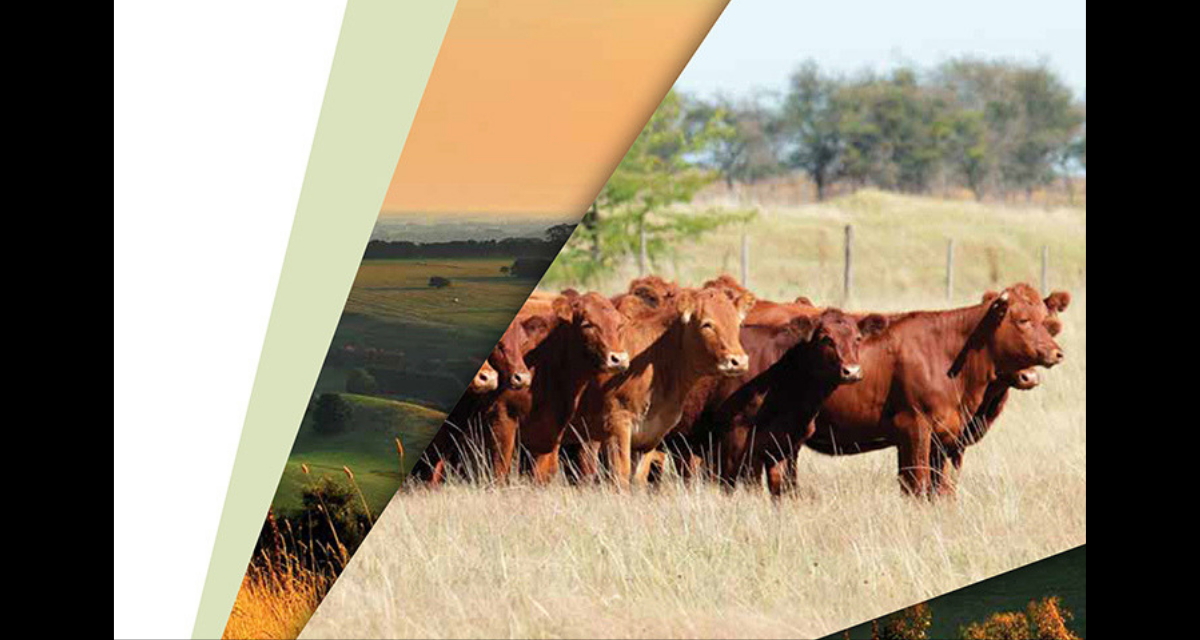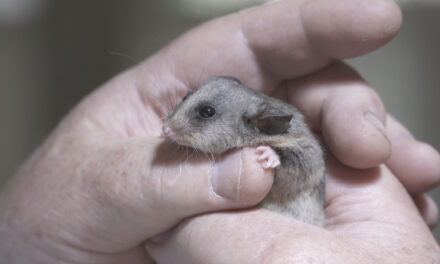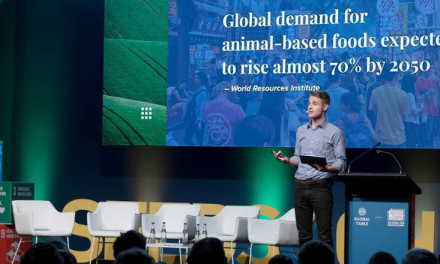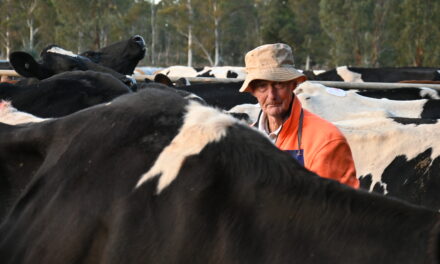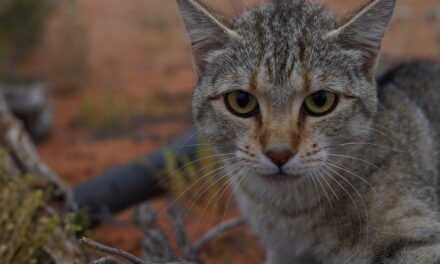A report card into the sustainability of the Australian beef industry from paddock to plate has today been released by the Red Meat Advisory Council (RMAC).
The 2019 Australian Beef Sustainability Annual Update shows an industry that’s achieving major milestones in its care for people, land and livestock.
The report demonstrates the contribution cattle producers make to sustainably managing almost half of the Australian landscape and the significant contribution the sector has made to the national emissions profile and health of regional and rural communities.
The 2019 Update reports against the priorities of the Australian Beef Sustainability Framework, an industry initiative aiming to meet changing community expectations and support a thriving beef industry.
Highlights include reducing the carbon accounts of the sector by 56 per cent, demonstrating the ambition to be net carbon neutral by 2030 is on track.
Independent Chair of RMAC, Don Mackay, said the 2019 Sustainability Update sends a clear message to customers and other key stakeholders that the industry is demonstrating a self-directed approach to improving the environment and welfare of animals in its care while producing high quality and nutritious beef.
“The 2019 Update for the first time benchmarks our industry’s commitment to achieving the right balance of tree and grass cover and shows forest and woodlands on beef-producing land nationwide are increasing and removal of primary forests has declined more than 90 per cent since 1990,” he said.
“Our customers recognise the important role our beef producers play in managing the landscape, biodiversity and our grasslands, and our 2019 Update captures this.”
Chair of the Framework’s Sustainability Steering Group, Tess Herbert, said the report demonstrates the value that can be gained through collaboration.
“In developing our sustainability report card, we’ve continued to collaborate with industry, beef business, Australia’s major financial institutions and agribusiness, technical experts and key customers around the world,” she said.
“Our report is evidence this collaborative approach works. It shows we have achieved a better outcome for our industry and the environment in which we operate over the past year.
“Australia remains 100 per cent exotic disease free and producers are doing more to support animal health by increasing vaccination rates by 11 per cent in the past year.”
Mrs Herbert said she and the Framework team were pleased the report showed that despite huge challenges, such as drought, Australian beef farms are more profitable, reporting a 4.4 per cent increase across the board in returns over a five-year period. She emphasised the report also identified where further work was required.
“We can now look at the change in balance of tree and grass cover across 56 Natural Resource Management regions. We will now work with producer groups and other interested parties to build on primary indicators for the dual benefit of improving production and the environmental base,” she said.
Mr Mackay said the ‘take home’ message for the 2019 report card and the best thing for customers to do is to buy Aussie beef and support a sustainable industry.
“Australian beef has always traded on being clean and green and by capturing data across a wide range of indicators we can now further demonstrate this to our customers and other stakeholders. This evidence is essential in helping ensure that consumers continue to feel great about eating the world’s best beef,” he said.
REPORT HIGHLIGHTS
Animal welfare
• More producers are using pain relief on their cattle, since it became commercially available in recent years. An estimated 15 per cent of the national cattle herd are now treated with pain relief for routine, necessary husbandry practices. This is an increase of 11 per cent on last year;
• Vaccination rates against clostridial diseases are up to 82 per cent of the national cattle herd, up from 71 per cent last year; and
• 86 per cent of Australian cattle are polled (i.e. don’t have horns), reducing safety concerns and removing the need to de-horn animals.
Economic resilience
• A National Livestock Genetics Consortium was established to deliver improvements worth more than $400; and
• Beef farms saw a 1 per cent increase on their rate of return in 2017-18 compared to the previous year.
Environmental stewardship
• There was a 56 per cent reduction in the beef industry’s absolute greenhouse gas (i.e. carbon dioxide equivalent) emission from the Paris baseline year of 2005 to the latest reporting period of 2016, largely through a focus on improving productivity and landscape management practices;
• The amount of land with coverage from trees and shrubs, including remnant and regrowth increased by 1.1 per cent between 2016 to 2017 and 1.3 per cent from 2008-17 in beef producing areas; and
• 52 per cent of cattle-producing land is managed by beef producers for environmental outcomes through active management.
People and the community
• 39 per cent of feedlots audited voluntarily implemented an antimicrobial stewardship plan in the first year of the guidelines’ release; and
• Launched the Rural Safety and Health Alliance to invest in work, health and safety solutions.

